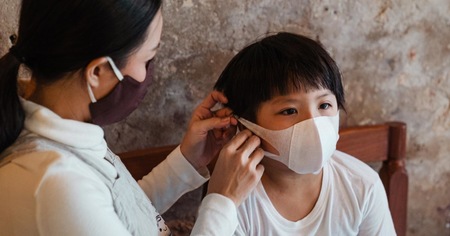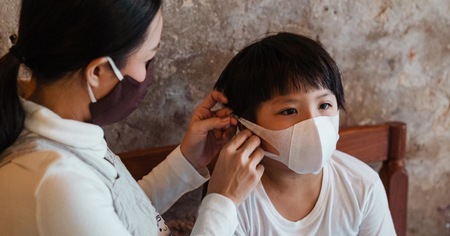According to the U.S. Department of Health and Human Services, one in three U.S. students say they have been bullied. As an afterschool professional, it can be difficult to recognize the symptoms and effects of bullying, and it can also be hard for some adults to talk about bullying, or even acknowledge that it is taking place. However, the adults play a crucial role, and need to stand up and to change the culture in our schools and afterschool programs.
Looking back at my life as an elementary school student, I realize that I was a bully. My friends and I would pick on people, trying to be funny or cool. As I reflect back on those incidents, I realize how hurtful it was to the kids we picked on. Then, the tables turned when I made the varsity soccer team during my freshman year in high school. I was a good athlete and really enjoyed soccer, but was a little heavier than some of my teammates. A few of the upperclassmen made fun of my weight and called me names. This went on for about a month. It happened at school in the halls, and after school in the locker room and games. I didn't want to go to practice and would get nervous every time I had to suit up for practice or a game. One day after practice, I broke down crying to my coach. He listened to me and let me know that the way I was being treated was not OK, and that he would talk with the whole team the next day before practice. I was fortunate that my coach followed through on that promise. After the talk, my teammates really seemed to understand that the way I was being treated was wrong. The bullying stopped, and it stopped because someone stood up for me when I couldn't and didn't know how to.
As an adult, I have made the pledge to grow from my experiences and not let the bullies win. It all starts when someone—anyone—who is willing to take a stand, says it's not OK and is strong for those who do not know how to be strong for themselves. How do we, the adults, know if someone is the victim of bullying? There are not always clear signs that can be easily detected. Young people often don't speak up, ask for help, or even understand or know that they are being bullied.
According to the website www.stopbullying.gov, "Bullying is an unwanted, aggressive behavior that involves a real or perceived power imbalance. The behavior is repeated, or has the potential to be repeated, over time." There are four known types of bullying: verbal, social, physical, and cyberbullying. Some warning signs may include unexplained injuries, lost or destroyed personal items, frequent headaches or stomach aches, feeling sick or faking illness, difficulty sleeping, frequent nightmares, declining grades, loss of interest in schoolwork, or not wanting to go to school. Signs might also include sudden loss of friends or avoidance of social situations. Youth who are being bullied may also have feelings of helplessness or decreased self-esteem.
It is important that we as the adults—parents, teachers, and afterschool professionals—talk with the kids that we think might be victims of bullying. Have an individual conversation with the youth in a nonthreatening environment. Youth often don't talk with adults about bullying, because they don't think the adult will believe them or because they fear retaliation from the bully. If bullying is occurring, our response as adults should be quick and consistent in order to send a message that bullying behavior will not be tolerated. As we intervene, we need to stay calm and reassure everyone involved, including bystanders, that issues are being handled and that bullying behaviors will not be permitted. As we intervene, we must model respectful behavior.
If you don't know how to resolve issues, don't be afraid to seek help from experts in the school or community, or to utilize resources such as the Bullying Prevention Hub featured in the Spring 2015 issue of Afterschool Today magazine.
Bullying is a challenging issue to tackle, and adults play a critical role in prevention and support. As we observe, listen without judgment, and address the situations, we will provide the support youth search for when they are in need.
Written by Chris Karney, the Afterschool Program Site Director for Kids' Country, San Ramon, California




